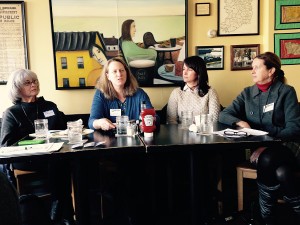Upper Valley Trails – Inside and Out
 It’s beginning to feel a lot like spring time here in the Upper Valley! Though we’ve experienced fewer sub freezing days then last winter, the warmer temperatures and the first scents and sights of spring always feel like a refreshing beginning. But while the Upper Valley usually provides plenty of opportunities for winter recreation and May flowers will be popping up before we know it, this dreaded in between period – Mud Season – can often be a tricky time to enjoy the outdoors and get exercise.
It’s beginning to feel a lot like spring time here in the Upper Valley! Though we’ve experienced fewer sub freezing days then last winter, the warmer temperatures and the first scents and sights of spring always feel like a refreshing beginning. But while the Upper Valley usually provides plenty of opportunities for winter recreation and May flowers will be popping up before we know it, this dreaded in between period – Mud Season – can often be a tricky time to enjoy the outdoors and get exercise.
Regardless of whether the ground outside is white, green or brown, it’s important for people of all ages to spend part of their day being physically active. Studies have shown that regular, moderate intensity exercise can maintain healthy weight, strengthen bones, reduce the risk of cancer, diabetes, and heart disease, improve mental health, and ultimately prolong life. The CDC recommends that adults get in 2 hours and 30 minutes per week of moderate intensity aerobic exercise, such as walking, and that they do an activity that works all the major muscle groups at least 2 times per week. The numbers may sound daunting, and with the busy lives we lead, it is no wonder that 4 out of 5 adults are not getting the recommended amount of physical activity.
Fortunately, in our region, there are lots of ways to get moving, even without a gym membership or fancy equipment. Our own neighborhoods are the perfect place to get fresh air and physical fitness, and the Upper Valley Trails Alliance can help you find a path to wellness that is right for you. Founded in 1999 after a multi-community needs assessment, UVTA “advocates for the use, maintenance, and development of trails in the Upper Valley through education, outreach and stewardship.” Put simply, the Upper Valley Trails Alliance wraps environmental preservation and appreciation into one bundle – helping you take advantage of our area’s natural resources to lead a healthy life style. UVTA compiles wonderful trail information for everyone, from experts to those who are just getting started. Their indoor walking paths are perfect for the days when sun sets before you can leave the office, or for times when its too chilly, icy or unpredict able to brave the outdoors. As the days get longer and the weather continues to warm, check out the Trail Finder. This comprehensive database of trails lets you search for routes by location, difficulty level, and activity. In fact, the trail finder is for far more than just walking. It can help you find fire tower hikes for you and the family, bike paths, and paddling routes – in the Upper Valley and beyond!
able to brave the outdoors. As the days get longer and the weather continues to warm, check out the Trail Finder. This comprehensive database of trails lets you search for routes by location, difficulty level, and activity. In fact, the trail finder is for far more than just walking. It can help you find fire tower hikes for you and the family, bike paths, and paddling routes – in the Upper Valley and beyond!
When you’re thinking about exercising outdoors this time of year, and when you are using trails in general, it’s always important to consider safety first. Make sure to tell someone where you are going if you are checking out a new trail. Bring warm layers and a headlamp – sometimes a route can take longer than you expect, and its important to be sure you can make it back safely. Check in with the Trail Manager, whose contact information can be found on the Trail Finder listing, to get up to date information about trail conditions. For avid and experienced trail users, the Upper Valley Trail Runners maintain an active Facebook page, with up to date trail conditions and advice about the types of shoes or equipment that are best for the current terrain. Don’t be intimidated by their enthusiasm for running long miles though – trails are for everyone, and with routes ranging from 0.2 (Pine Point Trail) to nearly 300 miles (the Appalachian Trail) the Trail Finder can certainly help you discover a path that’s right for you.
To learn more about the Upper Valley Trails Alliance, and their efforts to preserve and promote the use of our areas land resources, visit their website at http://www.uvtrails.org. As of March 7th, several outdoor trails in the Lebanon and Norwich are closed until the end of mud season to allow them to dry out, but check in with the Trail Managers for updates – and maybe give some of those indoor routes a try in the meantime!











